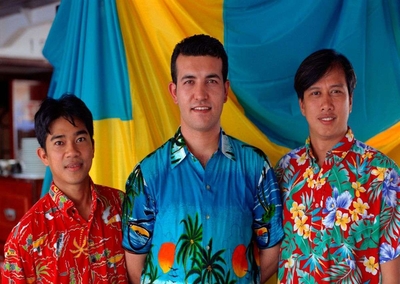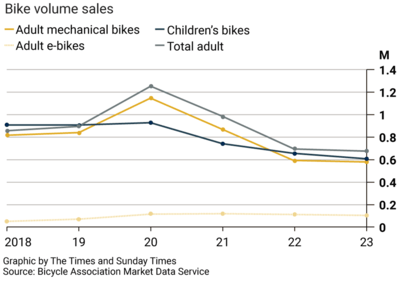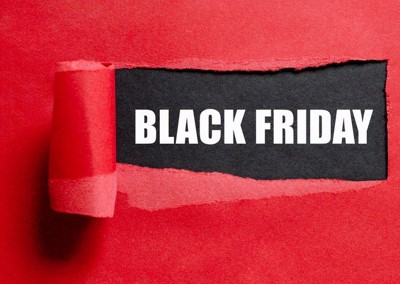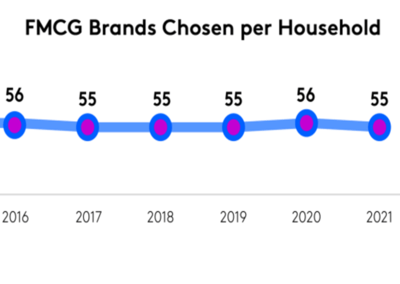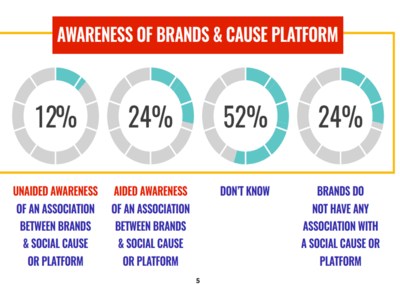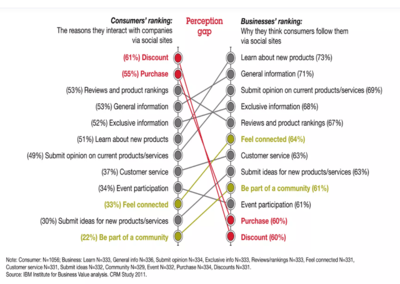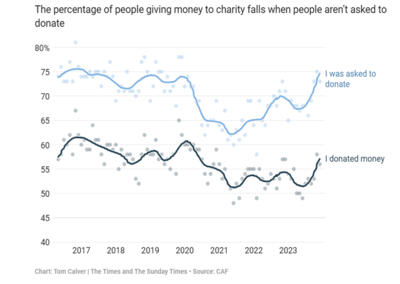In the 1990s, awareness of the 5 a day rule sky rocketed from 8% to 39%. But the corresponding behaviour remained unchanged: the proportion of Americans getting the right intake stayed at 11%.
Consumer Behaviour
The true figure is closer to 40%, at least in the UK. And it’s only going down, due to fewer wives filing for divorce during the first decade of marriage.
Aloha Friday, the tradition of wearing more casual attire on Fridays, initially grew out of an effort to promote aloha shirts. In a campaign called ‘Operation Liberation’, the Hawaiian Fashion Guild distributed two aloha shirts to every member of the Hawaii House of Representatives and the Hawaii Senate. Subsequently, a resolution passed in the Senate recommending aloha attire be worn throughout the summer.
To gauge the impact of a brand’s ethics on purchase decisions, the most basic approach is to ask people directly, out of context and in isolation. And it turns out that when you do this, the vast majority agree ethics are important. But this finding is at odds with how people behave. Shein & Amazon are incredibly popular retailers, despite their questionable approach to sustainability and taxation. And when pressed, few people can actually name a specific brand whose ethics they admire.
Before the 1920s, bacon was not a quintessential breakfast dish. It took a brilliant PR campaign from the Beech-Nut Packing Company, who claimed that their product was healthy and backed by doctors.
The pandemic transformed our travel habits – but not for long. After a surge in 2020, bike sales in 2023 were 33% below pre-pandemic levels, and the lowest in the UK since 1985.
A Black Friday discount may feel beneficial, but in reality it’s probably not. According to Which?, only 2% of deals are a genuine bargain – the remaining 98% are cheaper or the same price at another point throughout the year. In other words you will rarely lose out by avoiding Black Friday, despite the fancy framing.
Despite all the technological change over the last decade, our buying habits remain remarkably similar: the average household buys a portfolio of 55 FMCG brands in a year. Of course the brands in question vary from year to year, but the challenge for marketers is still getting into a very limited buying set.
People are 2.5x more likely to switch brands after a major life event e.g. new job, marriage, retirement. (Note, this is based on claimed brand usage).
Marketers love to point out that consumers buy brands based on social values. But the truth is most consumers have no idea what these values are. On average, 12% of consumers can spontaneously link a brand to its social cause. And even when shown a list of social causes, only 24% link a brand to the correct one.
People follow brands on social media to buy products and save money, not to feel deep connection – as marketers assume.
Athens began using alternate number plate restrictions in the 1990s – on a given day you could only drive if you had an odd or even number. The rule only encouraged people to buy an extra car so they were always free to drive.
One of the main determinants of whether people donate to charity is not whether they can afford to but whether they are asked to. The percentage of people being frequently asked to donate plummeted during Covid-19. Sure enough, the percentage who donated fell – and only really recovered at the end of 2023, when charities started asking again.
Sending Christmas cards is a dying tradition, but it’s being kept alive by the social media generation. In a 2024 survey, under 35s were most likely to send at least one card, and the majority planned to send more than in the previous year.
In a large scale study across OECD countries, 26% of the adult population were unable to use a computer – a stark reminder that your audience is not always like you.



